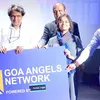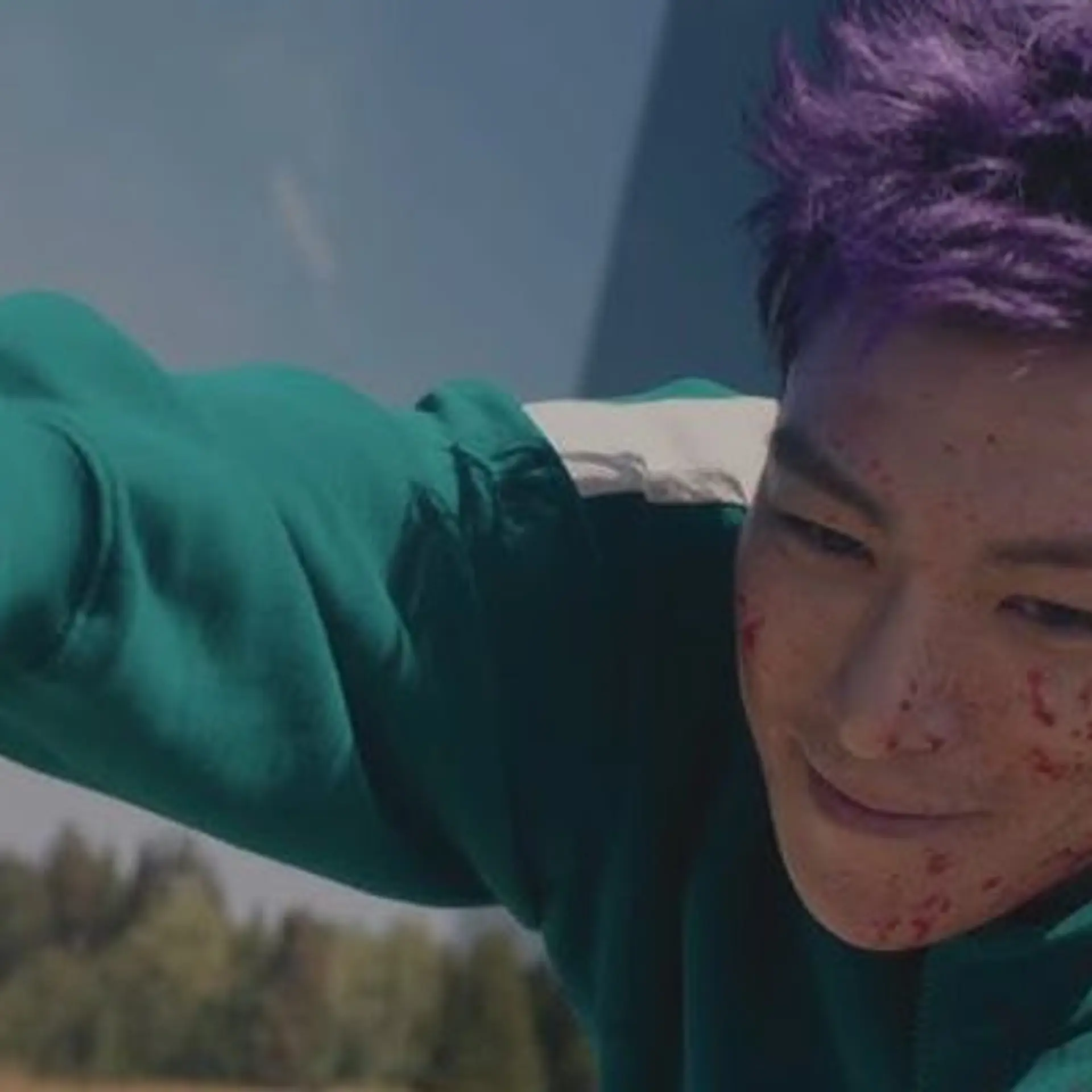How artists are adventurers, interpreters, innovators, and sponges - insights from Serendipity Arts Festival 2019
In this photo essay, we showcase more paintings, installations, ceramics, glass art, and photographs from the outstanding SAF 2019 in Goa, along with artist insights on the creative process.
Launched in 2014, PhotoSparks is a weekly feature from YourStory, with photographs that celebrate the spirit of creativity and innovation. In the earlier 420 posts, we featured an art festival, cartoon gallery. world music festival, telecom expo, millets fair, climate change expo, wildlife conference, startup festival, Diwali rangoli, and jazz festival.

With over 1,500 regional and international artists, the recent Serendipity Arts Festival (SAF) brought a wealth of creativity and discourse to over 14 venues in Goa, as shown in this photo essay. See our earlier interview with Smriti Rajgarhia, Director, Serendipity Arts Foundation; curator insights; and photo essays on the festival launch, innovation exhibits, social messages, and artistic trends.
“Historically, art has survived perilous times and emerged from them. An art form in practice has an innate ability to acclimatise itself to the situations around it, which makes the arts an inseparable part of our legacy and being,” said Sunil Kant Munjal, Founder Patron, Serendipity Arts Foundation.
In one of the panel discussions, former diplomat and author Navdeep Suri read out some powerful passages from the book Khoooni Vaisakhi, accompanied by musician Harpreet Singh. The book is based on a poem about the horrific Jallianwalla Bagh Massacre of 1919, written by Nanak Singh.
“We got a very positive reaction to the reading and musical rendition. But then, the poem itself is so powerful that it is hard not to be moved by it,” explains Navdeep, in a chat with YourStory. Several members of the audience said that they had tears in their eyes.
“I was bowled over by the sheer breadth of the content, the deeply experiential nature of the festival, and the effort that had been put into training the army of volunteers,” he adds. The focus on forgotten or neglected themes is commendable as well.
“These themes include the hunger faced by the poorest who prepare meals from scraps and left-overs, the ongoing discrimination faced by the Dalit and transgender communities, the soulful Miya poetry, and so much more,” Navdeep explains. The focus on grassroots innovations and technologies for a more sustainable planet were truly inspirational as well.
He calls for more vigorous integration of art into schools so that an appreciation of the arts begins at an early age. “A festival like Serendipity certainly brings art to a much wider audience and enables different segments of society to develop a better appreciation of the arts - if they want to,” Navdeep explains.
“But as we have seen, there are others who would demand that even an art festival should be constrained within the confines of their world view. Getting them to appreciate art for what it is remains a challenge,” he observes.
In addition to the paintings and graphic art works, there were a number of outstanding interactive installations, such as ‘Sound Interventions’ by Ruchi Bakshi. It had a large spinning set of metal discs at the centre of a circle in the Children’s Park, which got activated by participants’ audio comments.
“People make a small revelation to themselves through a ritual interaction. Through four nodal standpoints, people would listen, think, write and speak as they circled the device,” Ruchi says. The installation was made up of a metal discs, wood, acoustic resonators, audio chips, mikes and speakers.
“The installation intends to talk about wind as a carrier of ideas, gathering inputs and then infusing and rippling them outward in a hypnotic soundscape of spoken word and vibrations,” she evocatively explains. People described the installation variously as a communication device, weather instrument, or a spinning eye.
“A bunch of villagers who were passing through the park said this device should be kept at all town squares,” she joked. Hundreds of people wrote down their yearnings and put them into a wish box.
“Art is a powerful form of communication. It makes the imagined real. It allows us to transmit thought and emotion from the heart onto physical material,” Ruchi enthuses.
“Art can transcend time, make it flat, or twist it like a whirly tube. Art can make us resonate with others. Art transports us, transforms us, empowers us to own our stories in a way nothing else does,” she adds.
She believes that the artist should be able to intuit and express in a subtle but other-worldly way. She has taught courses on experimental film and alternative storytelling in design schools, and taken workshops for kids in schools and museums.
“An artist must have the soul of an adventurer, an innovator and an alchemist. More than anything, an artist must be a good conduit, a good sponge,” Ruchi emphasises. Learning and practice help relay feelings into a form that can be accessed by others, and the artists’ truth can then be relevant beyond their lifetime.
“We must constantly remind our children that they are born artists, then they will never be stripped of this inherent power. They will grow up to have such faith in their own selves that they will each become visionaries instead of looking outward for approval or following everyone else in a herd mentality,” Ruchi explains.
Her next projects involve interactive portraits with audio sensors and popup foldouts, as well as a series of mechanical shadow boxes. Ruchi offers tips for aspiring artists as well. “Work from an honest space, analyse and learn about yourself from an outside perspective as much as possible,” she advises.
“Be present each day, show kindness to yourself and others at every step. Stop your mind from overthinking. Feel what others are feeling,” Ruchi signs off.
Now, what have you done today to pause in your busy schedule and channel your creative side to what the world really needs?






















Got a creative photograph to share? Email us at [email protected]!
See also the YourStory pocketbook ‘Proverbs and Quotes for Entrepreneurs: A World of Inspiration for Startups,’ accessible as apps for Apple and Android devices.




1553006066334.png?fm=png&auto=format&h=100&w=100&crop=entropy&fit=crop)




